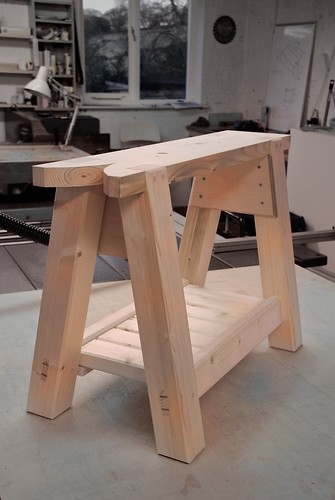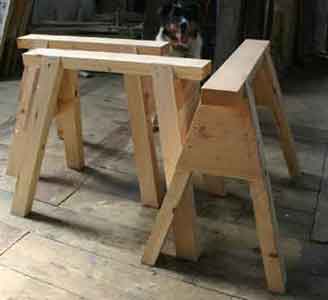Mikey R
Established Member
Mr Ed":1wkurmog said:I'm not concerned at all about dents in the softwood sawbench, what I'm saying is that if I had laboured long and hard on a full size bench in softwood I'd be frustrated for it to be covered in dents after 6 months. I agree that the sawhorse is a bit more sacrificial. The exercise of doing this made me realise that benches need to be something harder that the currently vaunted SYP.
Ed
Hi Ed,
Nice sawhorse, whilst building my softwood bench Ive been ripping on my workmate, and a dedicated sawbench would have made life so much easier!
My bench is made from B&Qs finest construction softwood, so probably generic gnarley spruce - which is way softer than SYP. During construction, I found the trick is to keep at least one dent in the bench at all times
Realistically Im expecting to flatten it quite often, so most of the dings will get regularly planed off.



































